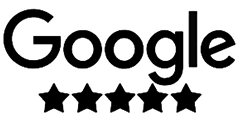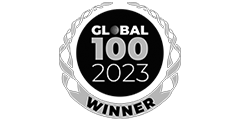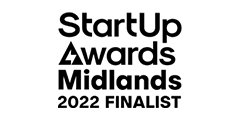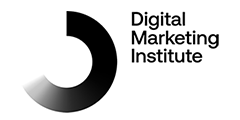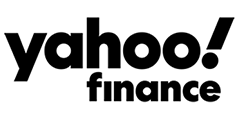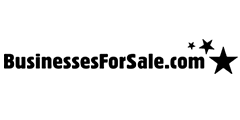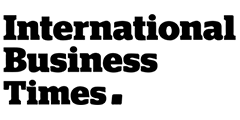Blog
For small businesses, making a memorable impression is key to building strong relationships with customers. The right marketing materials can effectively showcase your brand, communicate your message, and establish credibility, helping you connect with potential clients and grow your business.
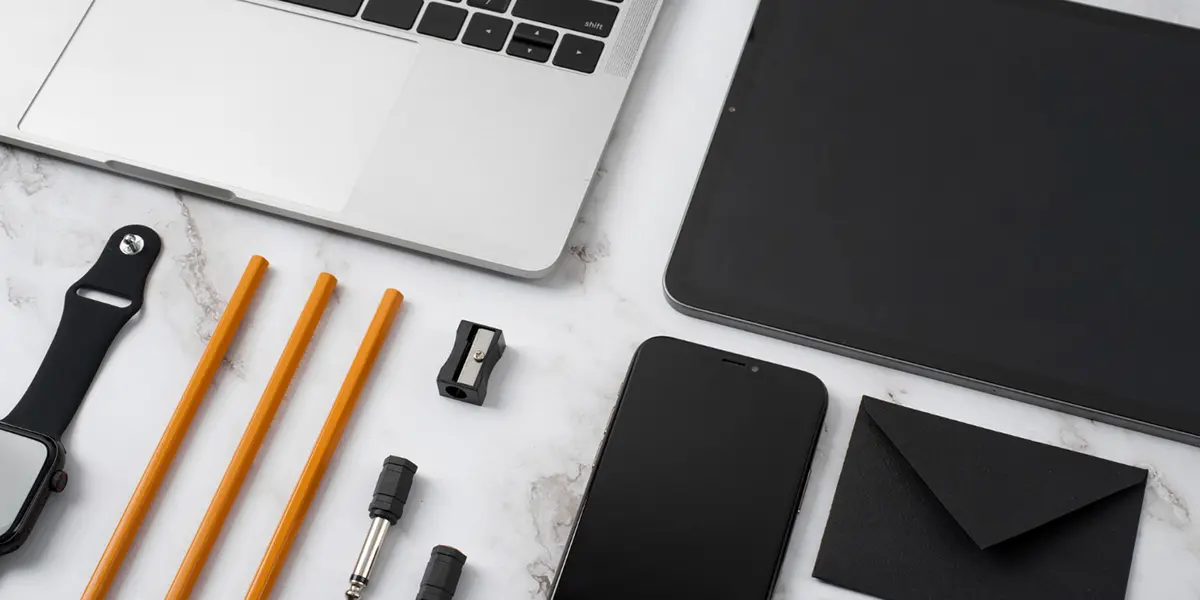
November 12, 2024
By
Kamran Awan
Category
Business
For small businesses, making a memorable impression is key to building strong relationships with customers. The right marketing materials can effectively showcase your brand, communicate your message, and establish credibility, helping you connect with potential clients and grow your business.
What are marketing materials?
Marketing materials refer to any kind of media or collateral used to promote a business's products or services. They can be anything from a simple business card to a complex social media campaign. Regardless of their form, the primary goal remains the same: to inform, engage, and convert potential customers.
Why marketing materials matter for small businesses
Marketing materials are more than just promotional tools; they are the backbone of your branding strategy. Here’s why they’re vital:
Building brand recognition: Consistent and well-designed materials help establish your brand identity.
Establishing credibility: High-quality marketing materials make your business appear professional and trustworthy.
Top picks for marketing materials
Let’s dive into the most effective marketing materials that every small business should consider using.
1. Business cards: The classic marketing tool
In a world dominated by digital communication, you might wonder why business cards are still relevant. However, these small pieces of card stock continue to play a crucial role in business networking and branding. Here’s why they’re indispensable for small businesses, along with tips to make the most out of them. They are a convenient way to share your contact information and leave a memorable impression.
Why they matter:
A business card adds a personal touch to any introduction. Handing over a business card creates a physical connection that email or social media can't replicate. It’s a memorable gesture, especially during face-to-face meetings, and helps leave a lasting impression. Business cards are also easy to carry and can be shared instantly, without relying on technology. Not everyone may have their smartphone handy, or they might prefer not to pull it out during a conversation. A business card solves this issue by providing quick and easy access to your contact information.
Design Tips:
A cluttered card can overwhelm the recipient and dilute your message. Stick to the essentials: your name, job title, company name, phone number, email address, and website. Use a clean layout that is easy to read at a glance. Make sure to include multiple ways to reach you. If relevant, add your LinkedIn profile or a QR code that links to your website or digital portfolio. This helps bridge the gap between print and digital marketing. To stand out, think about adding a unique element to your business card. This could be a distinctive shape, a fold-out design, or even a card made of unconventional materials like metal or wood. Just make sure it aligns with your brand and the message you want to convey.
In essence, a business card is more than just a way to share contact details; it’s a mini-representation of your business and its values. It can leave a lasting impression and serve as a tangible reminder of your brand in a digital world. While it may seem old-fashioned, it’s still one of the most effective tools for making meaningful connections. So, don’t underestimate its power — invest time in designing a great business card, and carry it with pride wherever you go.
2. Brochures and flyers
Brochures and flyers remain two of the most versatile and effective marketing tools available for small businesses. Despite the rise of digital marketing, these printed materials still play a crucial role, especially when it comes to local outreach and in-person engagement. Here’s why they work and how you can make them more impactful.
Impactful design tips:
Creating a brochure or flyer that stands out requires careful planning and a focus on design. The most effective brochures and flyers have a balanced mix of text and visuals. Start with a strong headline that grabs attention, followed by brief, informative sections. Use bullet points or short paragraphs to keep the content easily digestible. High-quality images, infographics, and graphics can help illustrate your points and make the material more visually appealing.
Where and how to use:
The success of your brochures and flyers also depends on how and where you distribute them:
- In-store distribution:
Place brochures and flyers at your checkout counter, reception area, or waiting room. This ensures they’re easily accessible to customers who are already interested in your business. - Local events and trade shows:
Hand out your flyers and brochures at community events, trade shows, and business fairs. This direct approach allows you to make a personal connection while providing detailed information about your offerings. - Direct mail campaigns:
Include your brochures and flyers in a direct mail campaign targeted to local customers. This can be an effective way to reach potential clients who may not be aware of your business yet.
3. Branded merchandise
Branded merchandise is a classic yet highly effective marketing tool that helps keep your business top-of-mind for customers. By offering practical, everyday items adorned with your logo or slogan, you create a lasting reminder of your brand in the customer's daily life. Whether it’s a pen they use at work, a mug they sip from every morning, or a tote bag they carry to the grocery store, these items subtly reinforce your brand message.
Why it works:
People love receiving free items, especially when they are practical and of good quality. By giving away branded merchandise, you’re not only making your customers feel valued, but you’re also creating a positive association with your brand. It’s a form of goodwill marketing that often results in increased brand loyalty and customer retention. The beauty of branded merchandise lies in its ability to serve as a mobile advertisement. For example, when someone uses your branded water bottle at the gym, they’re indirectly promoting your business to everyone around them. This organic exposure can lead to new inquiries and increased brand recognition, especially if the item is used in a high-traffic or public space.
Popular items:
The key to successful branded merchandise is choosing items that are useful and relevant to your target audience. Here are some popular options to consider:
- Reusable water bottles and travel mugs:
Eco-friendly and practical, reusable water bottles and travel mugs are a hit with customers who value sustainability. These items are carried frequently, whether it’s to the office, gym, or on a commute, making them ideal for maximising your brand’s visibility. - USB drives and tech accessories:
In our digital age, tech accessories like USB drives, phone stands, or charging cables are extremely useful. They offer great value to the recipient and are often used repeatedly, increasing the chances of your brand being seen regularly. Custom USB drives, in particular, are a great way to share digital content like product catalogues or presentations. - Custom T-shirts and apparel:
Branded apparel, such as T-shirts, hats, or hoodies, can turn your customers into brand ambassadors. When people wear your branded clothing, they effectively become walking billboards for your business. Choose high-quality, stylish designs to ensure people actually want to wear them. -
Office supplies: pens, notebooks, and calendars:
Office supplies are some of the most common branded items because they are used frequently. A pen or notebook with your company logo is likely to be used daily, keeping your brand visible on desks and in meetings. Consider adding a motivational quote or useful calendar to make the item even more appealing.
4. Company website
Your website is not just a nice-to-have; it’s an absolute necessity. Your website serves as the cornerstone of your online presence and is often the first place potential customers visit to learn about your business, products, and services. It’s your digital storefront, open 24/7, providing valuable information and establishing credibility. Your website is often the first interaction a potential customer has with your business. A well-designed, professional site creates a positive first impression and sets the tone for your brand. If your site looks outdated or is difficult to navigate, visitors may leave quickly, potentially costing you sales and leads.
Must-have elements:
A successful website isn’t just about looking good; it needs to function well and provide an excellent user experience. Here are the essential elements your site should include:
- Mobile-friendly and responsive design:
With the majority of web traffic now coming from mobile devices, having a mobile-friendly site is non-negotiable. A responsive design ensures that your website looks and functions well on any screen size, from smartphones to desktops. If your site isn’t optimised for mobile, you risk losing a large segment of potential customers. - Easy navigation and clear layout:
Your website should be easy to navigate, with a clear and intuitive layout. Use a simple menu structure that guides users effortlessly to the information they’re looking for. Include clear headings, concise content, and obvious links to key pages like "About Us," "Products," "Services," and "Contact." The easier it is for users to find what they need, the longer they’ll stay on your site. - Compelling Call-to-Action (CTA):
Every page on your website should have a clear call-to-action (CTA) that guides visitors on what to do next. Whether it’s “Sign Up for Our Newsletter,” “Contact Us Today,” or “Shop Now,” make sure your CTAs are specific, visible, and engaging. A well-placed CTA can significantly increase conversions and help move potential customers through your sales funnel. - High-quality content and visuals:
Content is king when it comes to your website. Provide high-quality, informative content that answers common questions and addresses customer needs. Use engaging visuals like photos, infographics, and videos to break up text and make your site more visually appealing. High-quality images can help convey professionalism and showcase your products effectively.
SEO tips:
Search Engine Optimisation (SEO) is critical for ensuring your website is found by potential customers through search engines like Google. Here’s how you can optimise your site:
- Incorporate relevant keywords: Identify the keywords and phrases your potential customers are searching for and incorporate them naturally into your website content. Focus on long-tail keywords (e.g., “affordable web design services for small businesses”) as they are often less competitive and more specific. Use these keywords in your headings, product descriptions, blog posts, and meta descriptions.
- Optimise page load speed: A slow-loading website can frustrate visitors and increase your bounce rate. Optimise your site’s performance by compressing images, enabling browser caching, and minimising code. Fast-loading pages not only improve user experience but also help with search engine rankings, as Google prioritises speed in its ranking algorithm.
- Build high-quality backlinks: Backlinks from reputable sites can boost your domain authority and improve your search engine rankings. Reach out to industry partners, write guest posts, and get listed in online directories to build a strong network of backlinks. The more quality links pointing to your site, the better your chances of ranking higher in search results.
- Regularly update your content: Search engines favour websites that are updated frequently. Regularly publishing blog posts, updating product pages, and adding new content helps keep your site fresh and relevant. Plus, it gives search engines more opportunities to index your site, potentially boosting your visibility.
Conclusion
In today's competitive landscape, having the right marketing materials can make all the difference. From classic business cards to engaging social media profiles, these tools help you connect with your audience, build trust, and ultimately drive growth. Don’t underestimate the power of a great looking website — it could be the key to your business's success.
FAQs
Q: Why are business cards still relevant in the digital age?
A: Despite the shift towards digital communication, business cards remain an effective marketing tool. They provide a personal touch, are easy to distribute during face-to-face meetings, and offer a tangible reminder of your business that can leave a lasting impression. Q: What types of branded merchandise are most effective for marketing?
A: The best branded merchandise items are practical and used frequently, such as reusable water bottles, custom T-shirts, USB drives, and tote bags. These items provide constant visibility for your brand as they are integrated into the customer's daily routine. Q: What key features should a company website have to be effective?
A: A company website should be mobile-friendly, easy to navigate, and visually appealing. It must include essential information about your products and services, a strong call-to-action (CTA), and be optimised for search engines to help attract more visitors. Q: How can brochures and flyers be used effectively for small businesses?
A: Brochures and flyers are versatile tools that can be distributed at local events, placed in-store, or included in direct mail campaigns. They are effective for providing detailed information about your products or services and can serve as a physical reminder of your brand. Q: How do I choose the right marketing materials for my small business?
A: Consider your target audience and business goals when selecting marketing materials. Business cards are great for networking, branded merchandise can boost brand visibility, and a professional website is essential for digital presence. Use a mix of these tools to create a well-rounded marketing strategy.
To find out how we help you implement the strategies into how your own Digital Agency, please contact a member of our team.
Until next time, take care.
Share this Post
